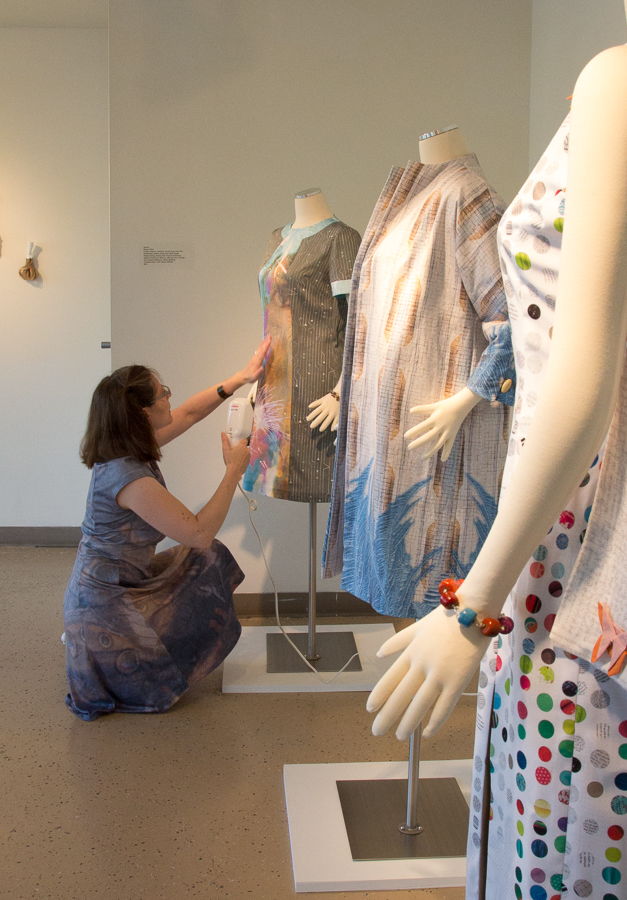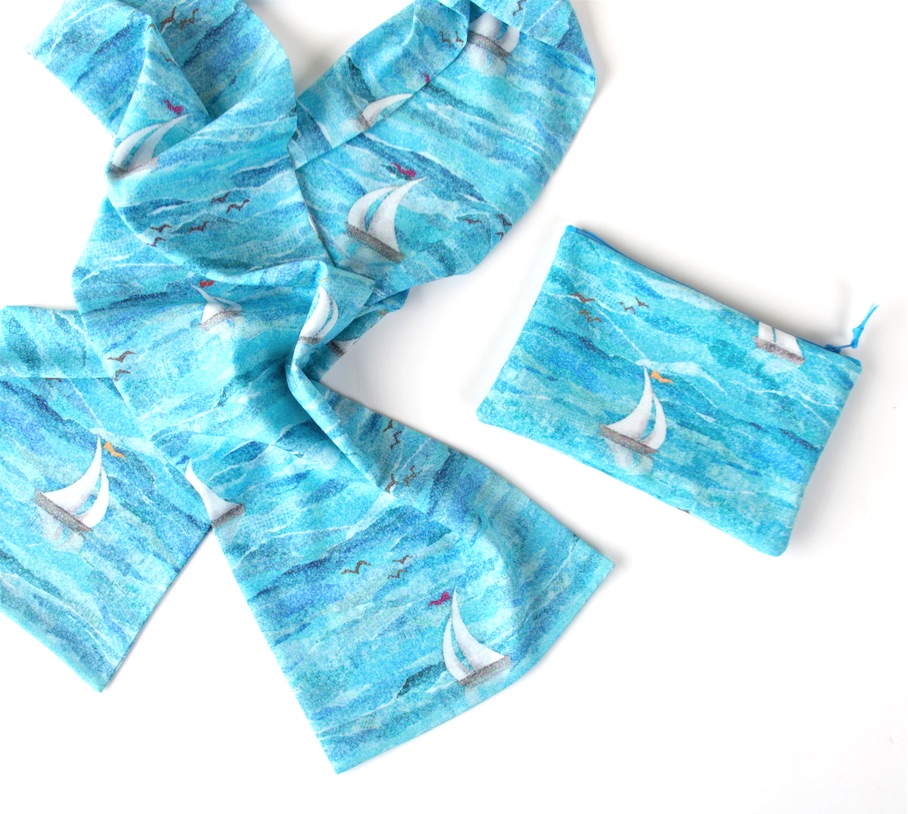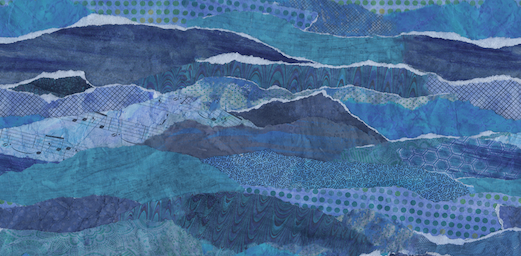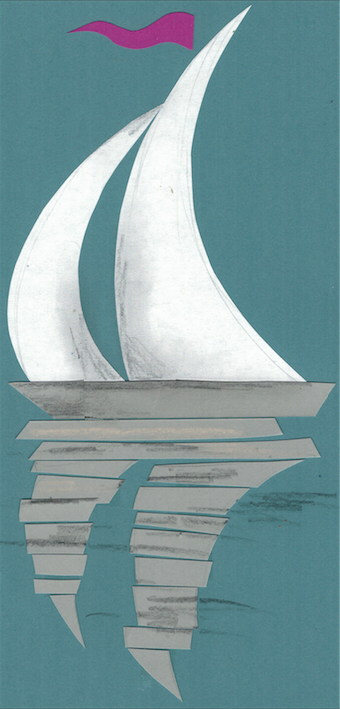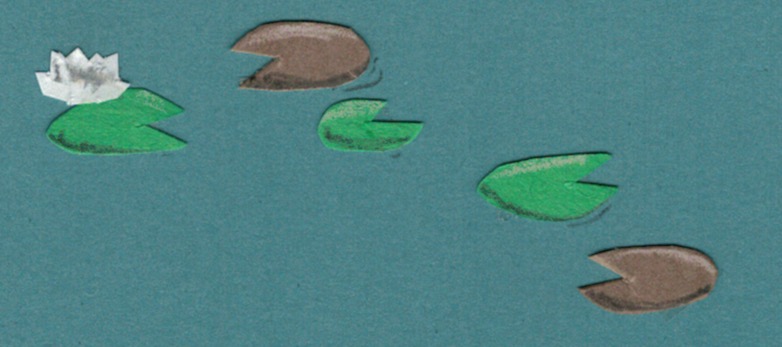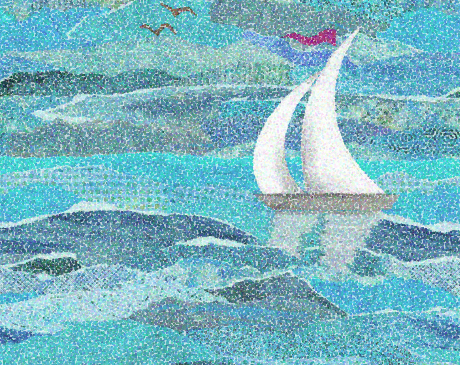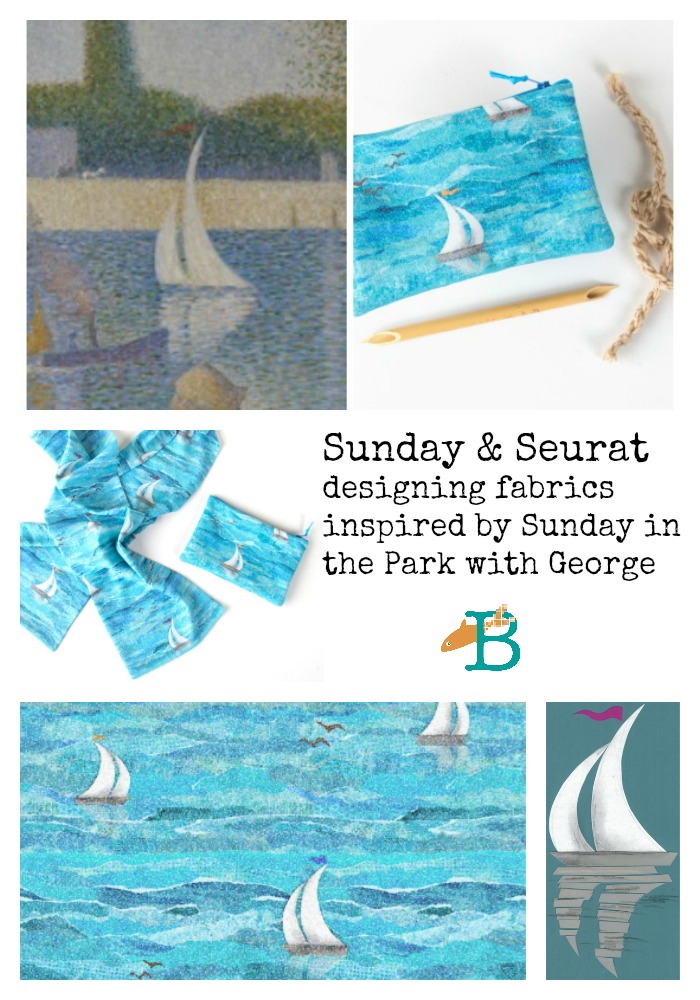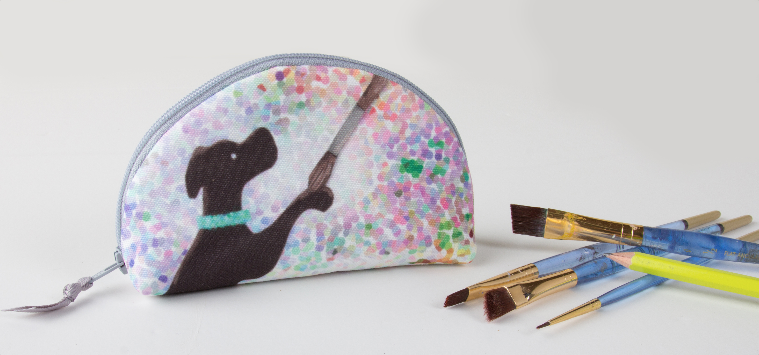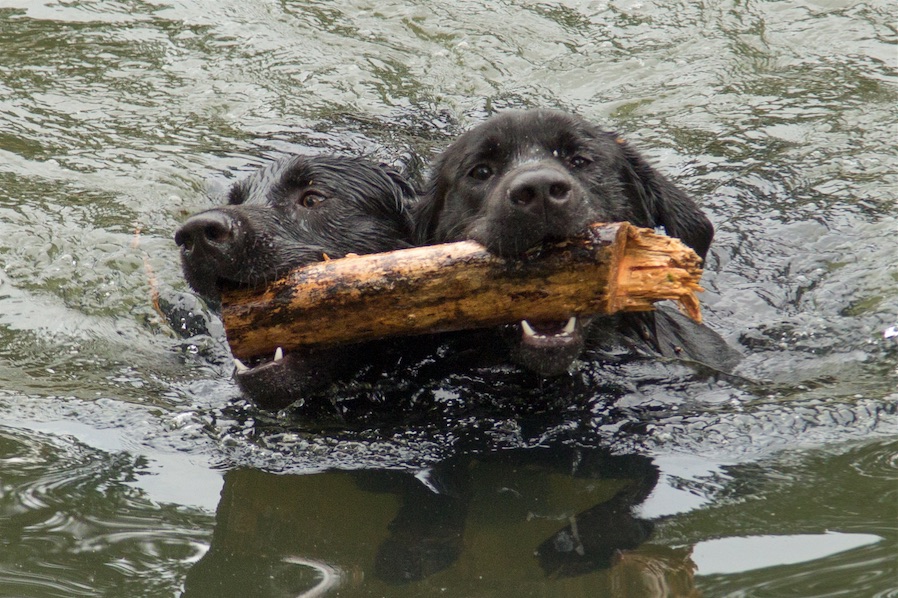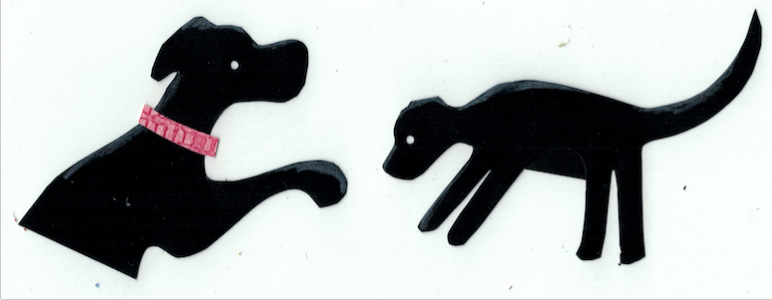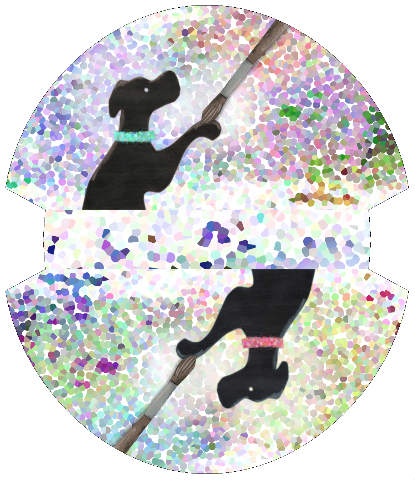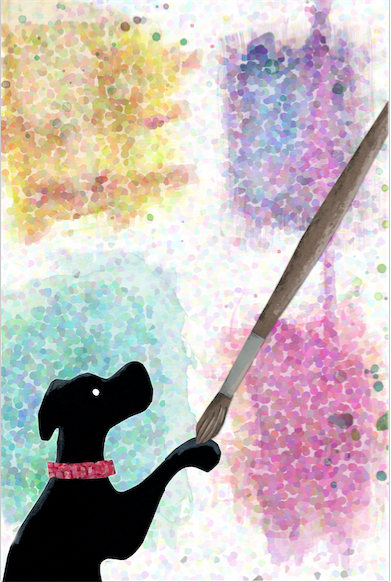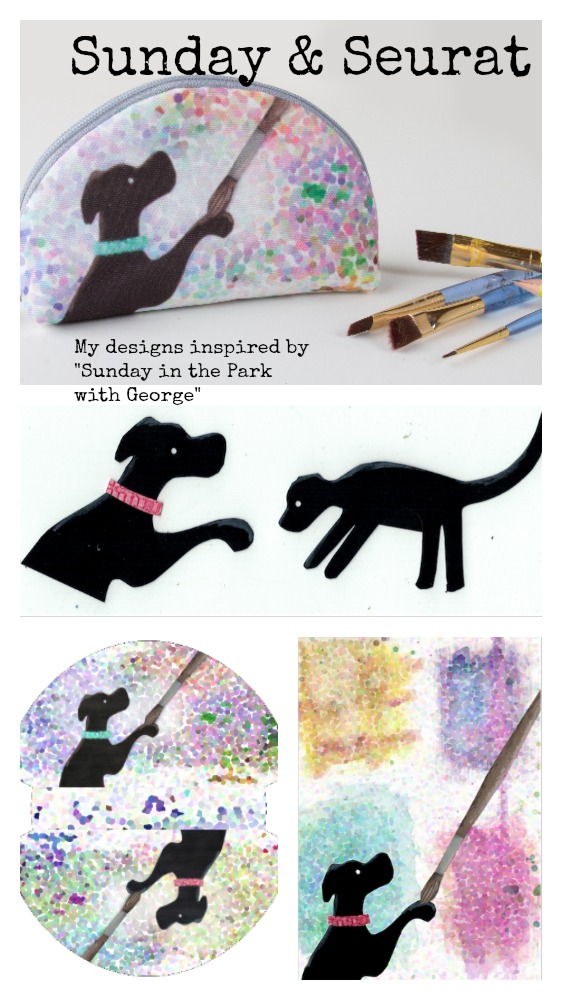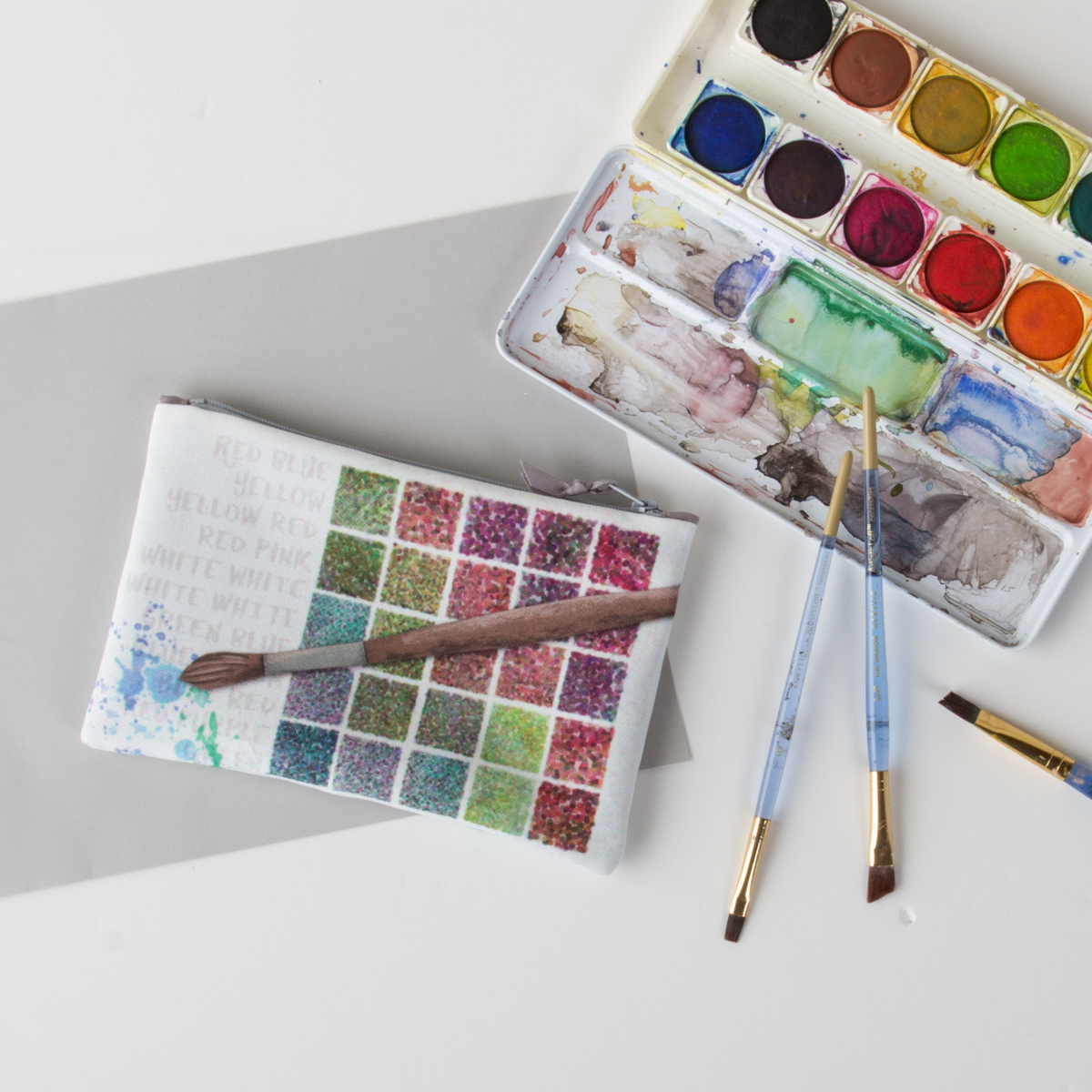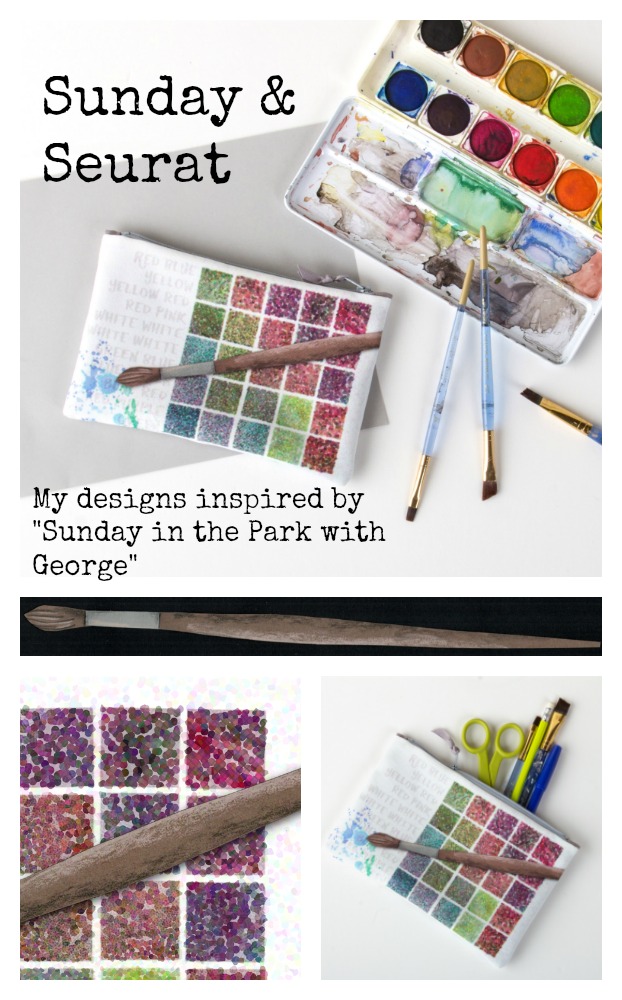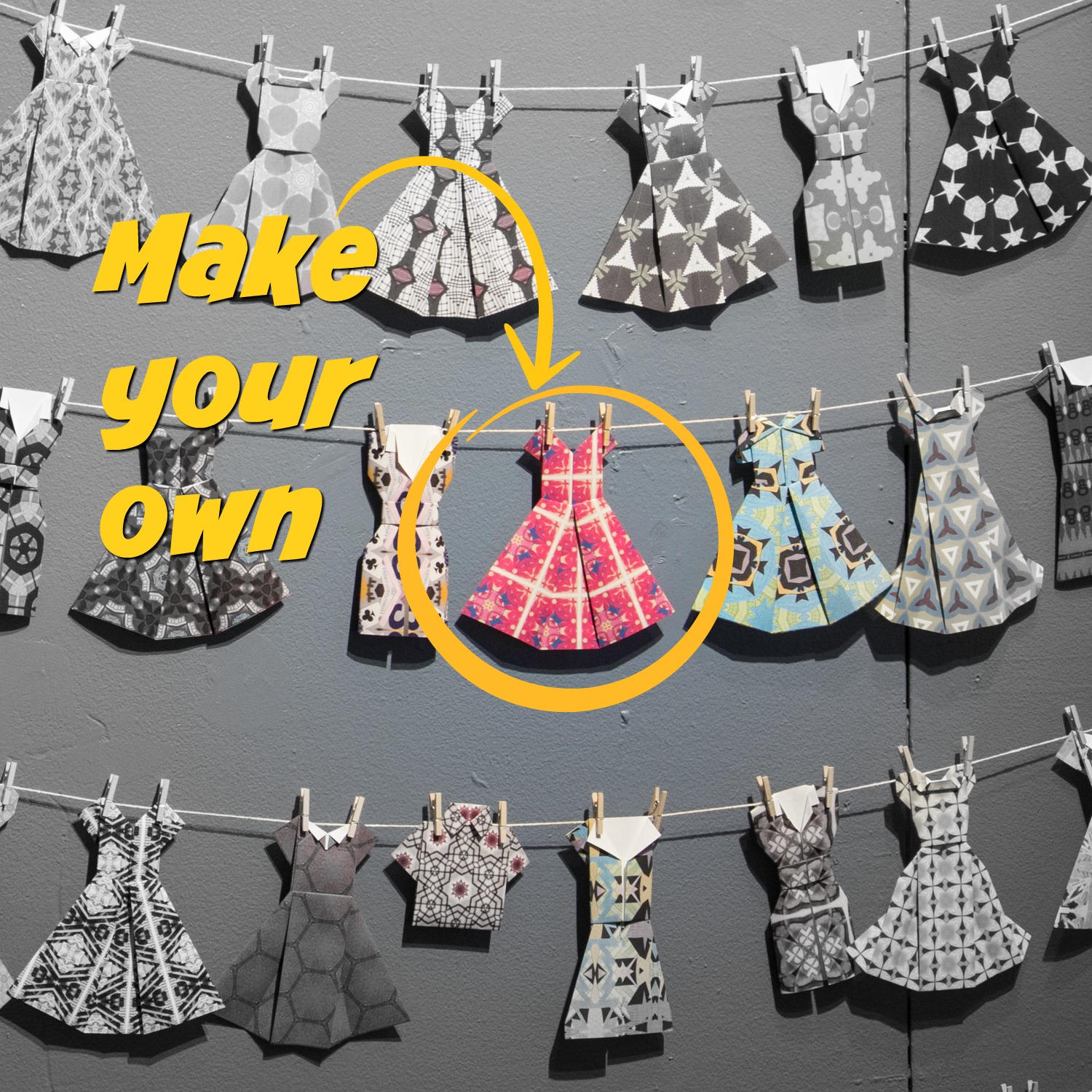Out of step with the trend
Last year I applied to a bucketload of exhibitions. It’s a thing you do when you are an artist. When you get well-known enough, you start to get invited to things, but when you are still “emerging”, you apply to juried shows so that you can get your work in front of people. I applied to a variety of things: exhibitions with themes, ones limited to specific media, ones showcasing “craft” instead of focused on fine art. I applied to two that were specifically about the crossroads of technology and art (which I think my art is a great example of). I applied to some that friends told me were “made for my work”. I never know quite where my work will fit, so I applied to a lot of different things.
I didn’t get in to a single one.
This isn’t terribly surprising. You get a lot of rejections in this business. I don’t take it too personally. But these applications take a lot of time and money. Each one has a form to fill out, a statement to write and images that always have to be edited to be a specific format (and no two are ever the same). It takes a couple of hours to apply, even if you are super prepared and have your resume and artist statement up to date. And they always have a cost. Each show has an associated fee of $25-$50 to apply. I have been on the administrative side of juried shows and I totally understand why they do this. There are costs involved to putting a show together and this is an easy way to offset it. But on the artist side, those fees add up, with no good way for me to recoup those costs. IF I get into the show, I might sell a piece and defray it somewhat, but one sale isn’t going to probably add up to $300 worth of application fees. And not every venue encourages sales.
So I decided before I applied to anything else, that maybe I would take a look at what WAS getting in to these shows and see if I could get a feel for what the trend is. So I went back and looked at some of the websites and announcements for some of the things I applied to. Several organizations that are considered to be leaders in the fiber art/craft field have also recently published posts about “10 exhibitions to not miss in 2018” and the like. So, I looked at the images that were being used to talk about these exhibitions too.
I absolutely see a trend.
I pixellated this image on purpose, so it’s not just a lousy internet connection making it blurry. I took screenshots of the images that were being used as the promo for a big variety of those “don’t miss” shows and things I had applied to. I pixellated them because I don’t want to call out or disrespect any specific artist, juror or show, because it isn’t about the specifics, but I think you can see the trend I am talking about.
There is a whole lot of neutral there.
If I were to also give you some adjectives to describe the common elements I see from this group of images, I would choose: eroded, aged, uncomfortable, sparse. At least two shows had pieces that were almost creepy with altered baby doll faces. Many objects were distressed, grungy, earthy feeling things. And I am not saying any of these adjectives are bad or negative, just that these were very common elements from show to show.
My work matches none of those adjectives. It is colorful, retro, graphic, quirky.
With one exception, I also didn’t see a single wearable garment as a featured image for any exhibition. There was a little bit of jewelry and some sculptural pieces that were garment-like. (The exception was a “don’t miss” show of Native American weavings from a museum of folk art.)
It’s actually difficult to find exhibitions that will even take wearable pieces. They are often ineligible, with no reason given. I expect it has something to do with not wanting to bother with dress forms.
So, it seems that I am out of step with the trend.
That leads me to wonder. If I took one of my garments and gave it the Cinderella-after-the-ball treatment, would it get a different response? Desaturate my colors and distress and deconstruct the piece. Would that make it more appealing to the trend? Does that make it more “art”? Do I want to do that? Is that even my work?
The answer is that I think I am not going to bother with juried shows for a while. Maybe they just think my work is terrible. Fair enough. You never get any feedback from this process, so it’s hard to tell what they are thinking. But juror after juror seem to be choosing the same kinds of other things, which are not what I do. So maybe that just means it’s time to take a break and put that time and money to different use.
I also wonder: Where exactly does my work fit? Maybe I am looking in the wrong places and I need to think about that some more too.
The “fiber art” people tell me that I am cheating because I use computers and technology in my work. (I have had other fiber artists tell me this to my face, so I know this is a real thing.). The “fine art” people don’t consider fibers a fine art form; they think I belong in craft. The “craft” people aren’t sure what to do with my focus on surface pattern; it’s too much like art. The “wearable art” people tend to favor more sculptural or conceptual. The “digital surface design” people are all about pattern and licensing and not about using your own patterns to make art. Again, I am not disrespecting or complaining about any of these groups, just looking at trends I’ve noticed and feedback I have gotten. I am not sure where I fit.
A friend of mine was recently passed over for an art-related opportunity and the feedback she got was she didn’t have enough “fine art” teaching experience, despite the fact that she is a skilled and much experienced teacher of fiber and paper arts. Let’s just say, neither of us agree with that particular piece of feedback. She’s struggling to find a fit as well.
I’m curious. What trends are you seeing in the shows you have attended, viewed, applied to or participated in? Do you love the trend? Tired of it? What do you wish you saw more of?
(Edited: also check out the comments at Facebook. some great discussion)

